Internet PTZ Camera Selection: Small Ant PTZ VS Mi Jia Xiao Bai
First of all, I bought a camera for my personal hobby. At the same time, as an IT single dog, I work over 12 hours a day. I am very worried about the water and electricity in my home. I am afraid all day long, where water leaks, where I get burned, and where my thieves intruded. Buy, buy, buy, buy and buy.
The first camera to be bought is the small ant. The author thinks that the author is very enthusiastic about Xiaomi's affiliated products. The TV at home, the air purifier, and so on are all millet's. The overall use of the TV is very good except for the advertisement in the TV. of,
Later, 360 night vision was added. As a result, it was necessary to install one more APP and into the smart life of Xiaomi. Let 360 be used by parents.
After 1111 price reduction, he bought two small ant generations in one breath. Then it was the two bishops of the standard. The principle of ecological ecology of Xiaomi. At that time, he did not consider the second generation of small ants. (Actually, I booked, but Mi Jiabai Out of the consequences of the return of the product, mainly the small ants did not have a PTZ on the 2nd generation, but they also had to install an additional APP.) Mi Jia Xiaobai decided to raise the crowd when he raised the bill. Then in May, the crowd raised Mi Jia Xiaobai. As a result, at the end of May, the purchase of the small ant pan-tilt appeared. At that time, it was 194 after the purchase was made. (This price is too cheap, it's too cheap to buy it, it's fun to send people,), 7/11 received the goods, and it looks like later Jingdong has a better price and cheaper. Ha ha to buy early to enjoy is not tangled.
Then began the inner tangle, Xiaomi smart life APP can use three small ants generation and the new Mi Jia Xiaobai, small ant APP can also use three small ants generation and new small ant platform, both have their own The advantages and disadvantages, the author Jun various entangled, so far no winner.
Packaging and appearance 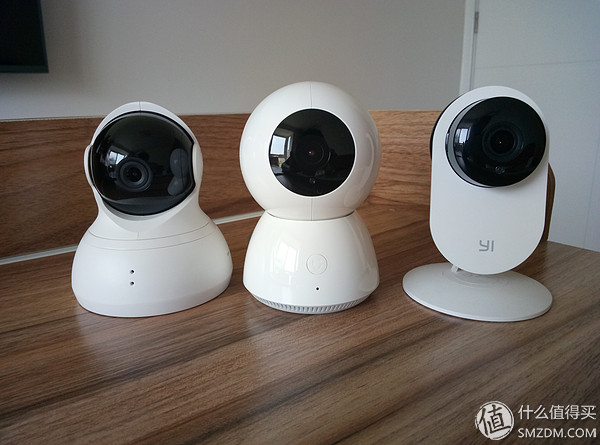 Millet Ants Three Brothers
Millet Ants Three Brothers
 White positive
White positive
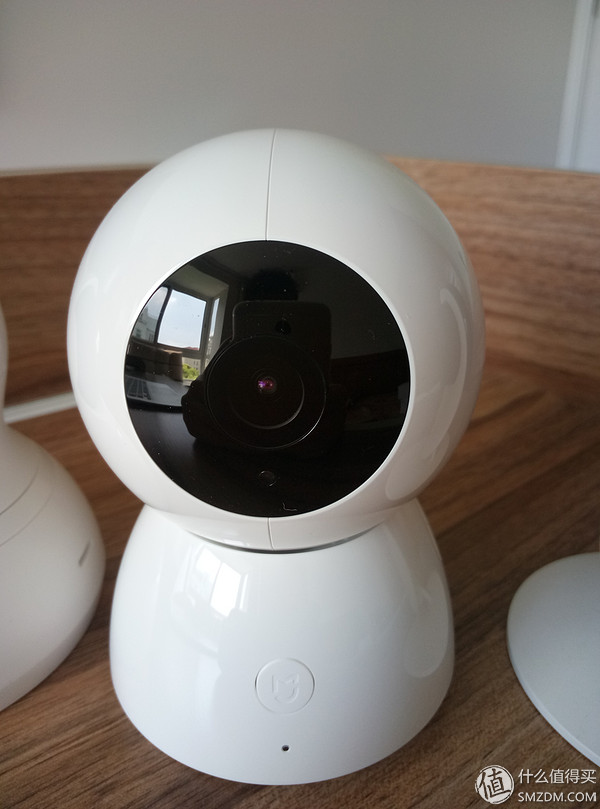 Mi Jia Xiao Bai
Mi Jia Xiao Bai
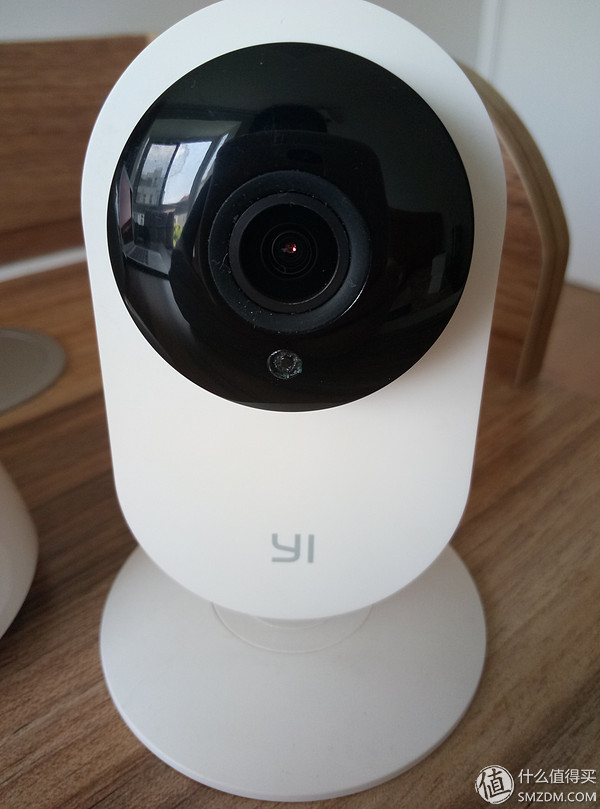 Small Ant 1
Small Ant 1
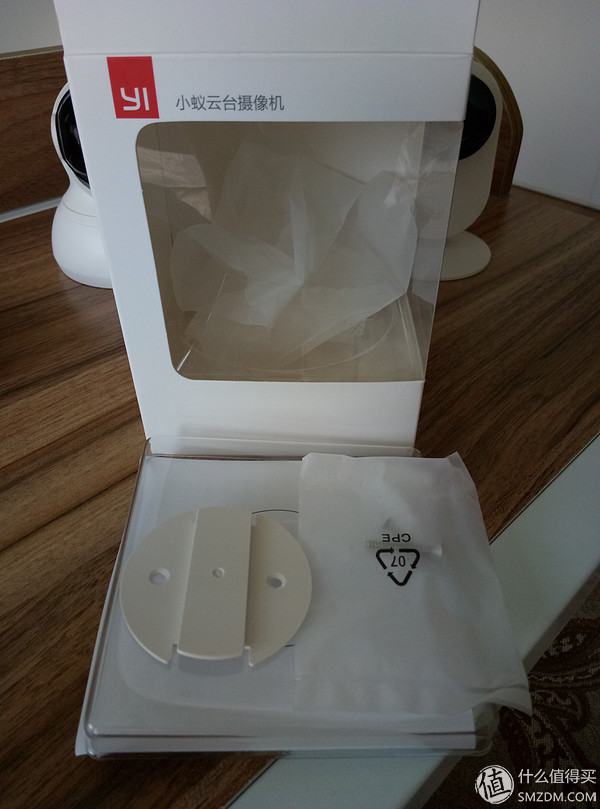 Small ant package, including mainframe power cord and baseplate expansion screws for upside down
Small ant package, including mainframe power cord and baseplate expansion screws for upside down
 White box, only mainframe and power cord (5V2A USB power was sent from behind the crowd)
White box, only mainframe and power cord (5V2A USB power was sent from behind the crowd)
 Small ant lens clean and unfoiled
Small ant lens clean and unfoiled
 White lens clean film removed
White lens clean film removed
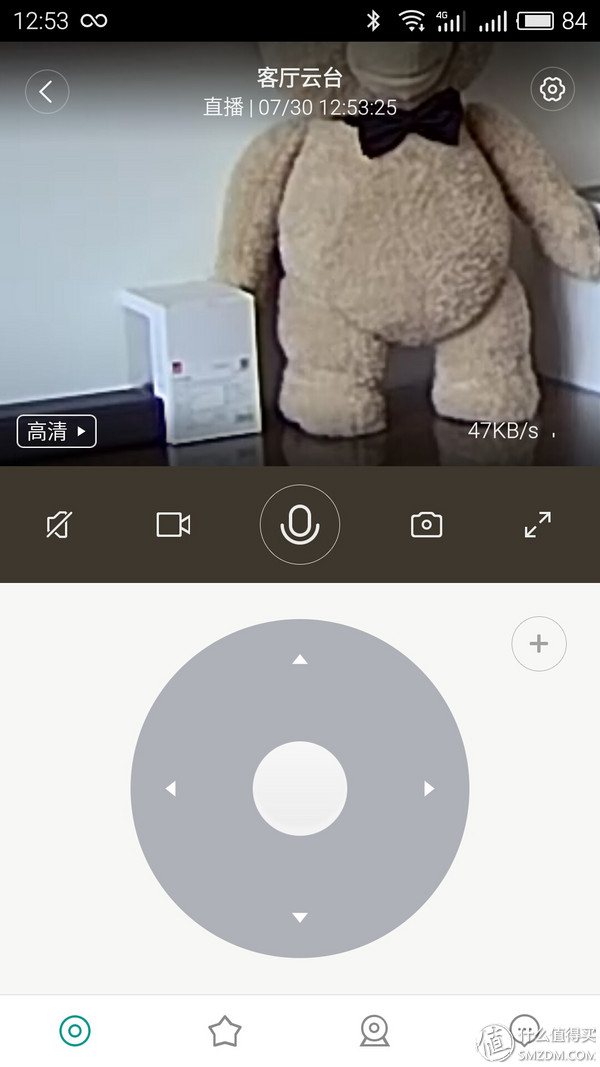 Small Ant HD Zoom Details
Small Ant HD Zoom Details
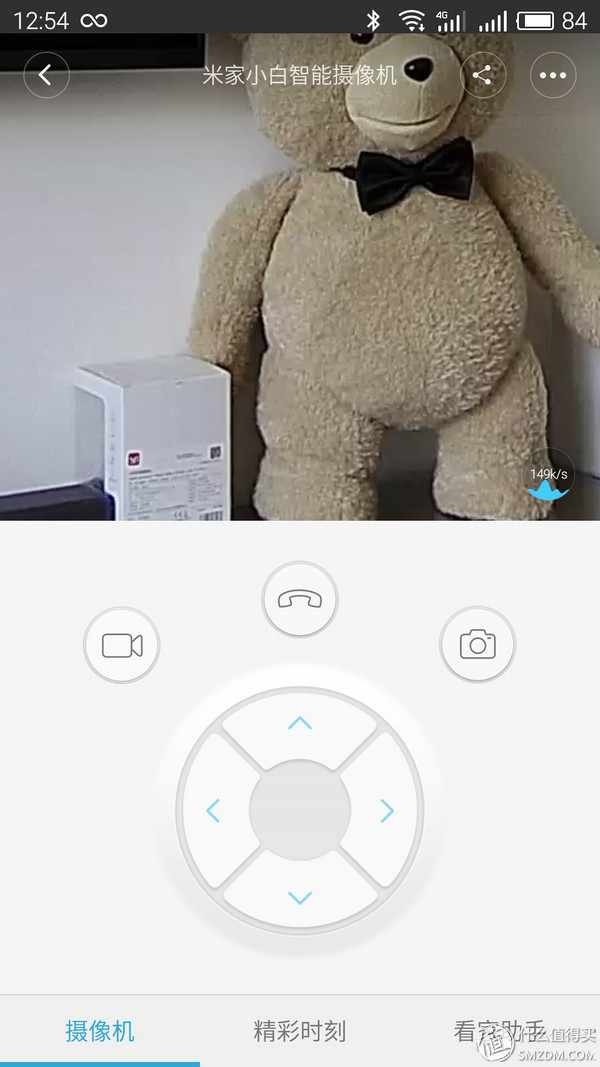 White ultra clear amplification effect
White ultra clear amplification effect
The small ant platform, with a sense of control (for that ball), is just like the red dot of the Thinkpad. How to drag it, you can also control it in a single direction
Mi Jiaxiaobai, the arrow keys are rotated, and each time it can only be turned to a fixed angle, watching the surveillance video at the top when using it, but also the arrow keys, it is inconvenient to switch the direction.
Rotary cruiseWell, the small ant has this function, you can choose two rotation points, rotate the cycle, but I'm afraid to reduce life, useless
Mi Jia Xiaobai is said that this function is still under development. Of course it is not.
Dynamic trackingMore useful features, detected in the picture of animals, according to the direction of rotation of the animal movement (of course, the general picture is the author I walk around)
The small ant platform has this function and it is very accurate. Where to go to
Mijia Xiaobai, Wood has this function, but it is not mentioned that there will be this function in the future. However, Xiaobai can see it through the shouting of white, and it will be seen according to the direction of the sound. However, if the distance is more than 1 meter, it will not change. Too accurate, after all, the transmission of sound is more complex. After White, I will answer "I am here" and then I can ask questions.
Video voice chatThis point, Mi Jia Xiao Bai and Xiao Feng Yuntai both have two-way conversations (that is, chat mode).
The small ants mostly keep a walkie-talkie mode, which is to say one sentence before (or some use can avoid infinite echo)
Of course, because the author is only a single dog, no one has a video call with me, so this function is useless to me and it will not be expanded in detail.
You ask me answer (white features)You said to Xiaobai, Xiaobai, came over and Xiaomi looked over. The little black looked over. The little devil looked at it. It responded, “I'm here!†Then you can ask, What is the weather like today? Xiaobai will answer. Your Shanghai weather today is similar to the voice assistant on your mobile phone. It is estimated that you will access smart homes or shopping later. For example, what is the air conditioner?
(At the end of the author's speech, Xiao Bai told me to sing the song. She actually answered that my sister-in-law was not good. I can't sing. I will study diligently...)
White is more obvious bug(Small ants have no such bugs, so they are not screened and criticized)
 White loading preview saw tooth serious
White loading preview saw tooth serious
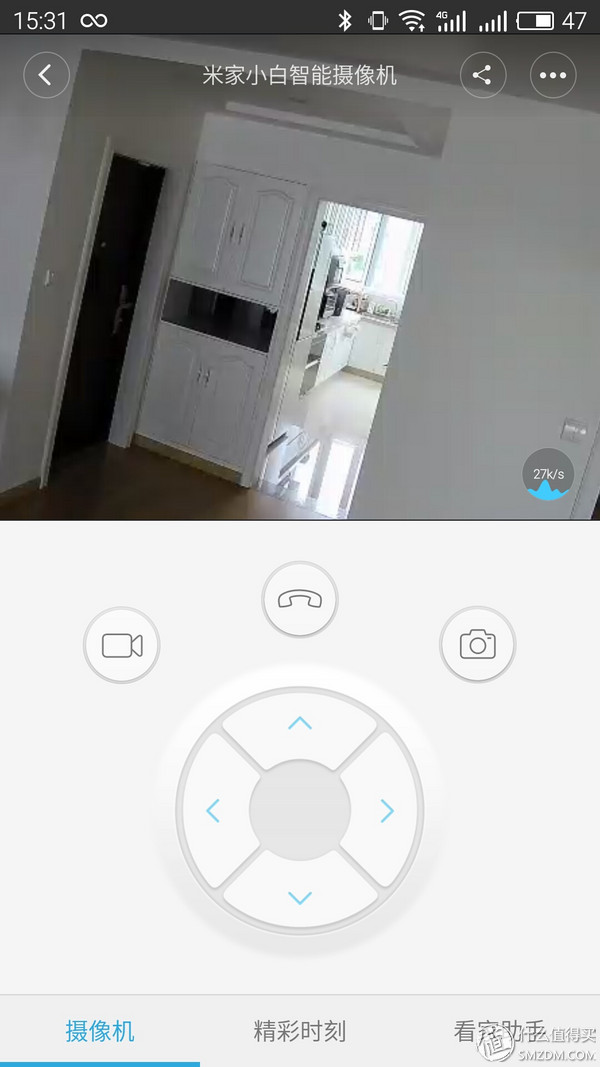 White automatic image quality often turns into sawtooth
White automatic image quality often turns into sawtooth
You can see that when the network is good, the small ant is almost a second (but of course it has already been entered before, and it will take 2-3 seconds to enter the network for the first time after the restart. The specific time will depend on the network).
White enters, each time is a fixed 3~10 seconds
PTZ rotationThis angle of the small ant platform is really playing, about 360 degrees, all can be covered, the upper and lower angles are also very large, especially it can go up to the camera into the protective shell (the official did not emphasize this function, after all, is copy Fluorite is copied, but it really makes people feel more at ease when privacy is needed.)
Okay, let's watch the video, which is why we can't lift it.
PTZ rotation sound
Mi Jia Xiao Bai is relatively quiet, small ant Yuntai sound is relatively large, and the fly flies to the ear
Night vision effect  White evening
White evening
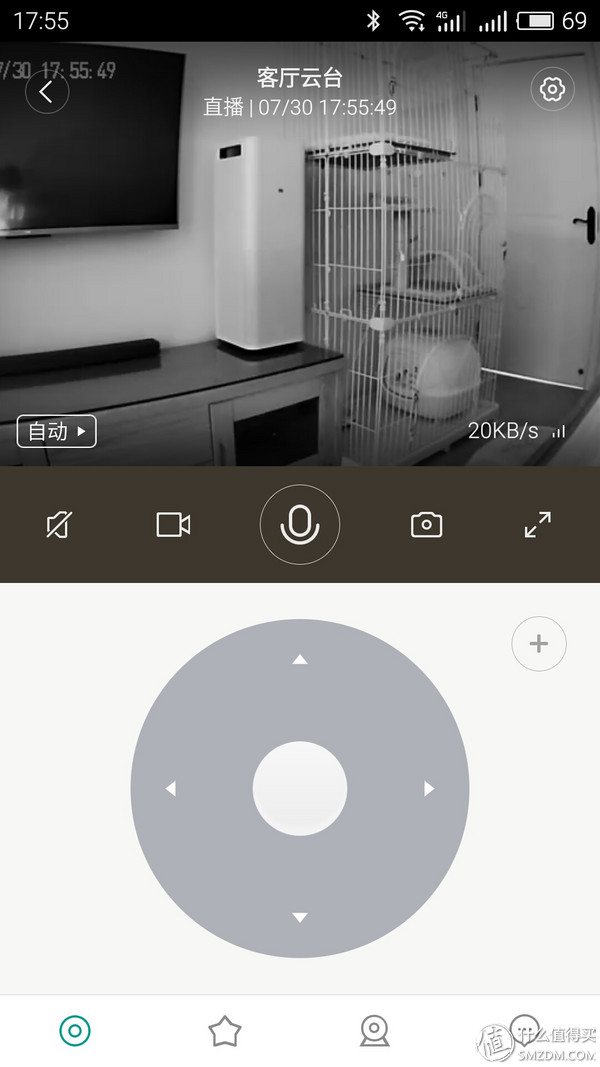 Small ants in the evening
Small ants in the evening
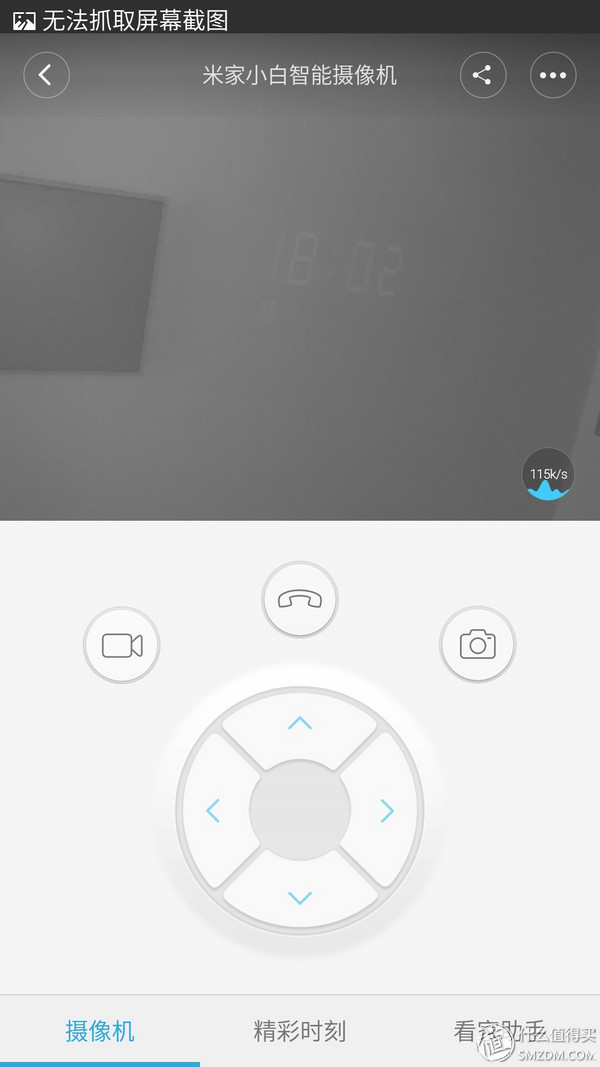 White evening SONY projection time
White evening SONY projection time
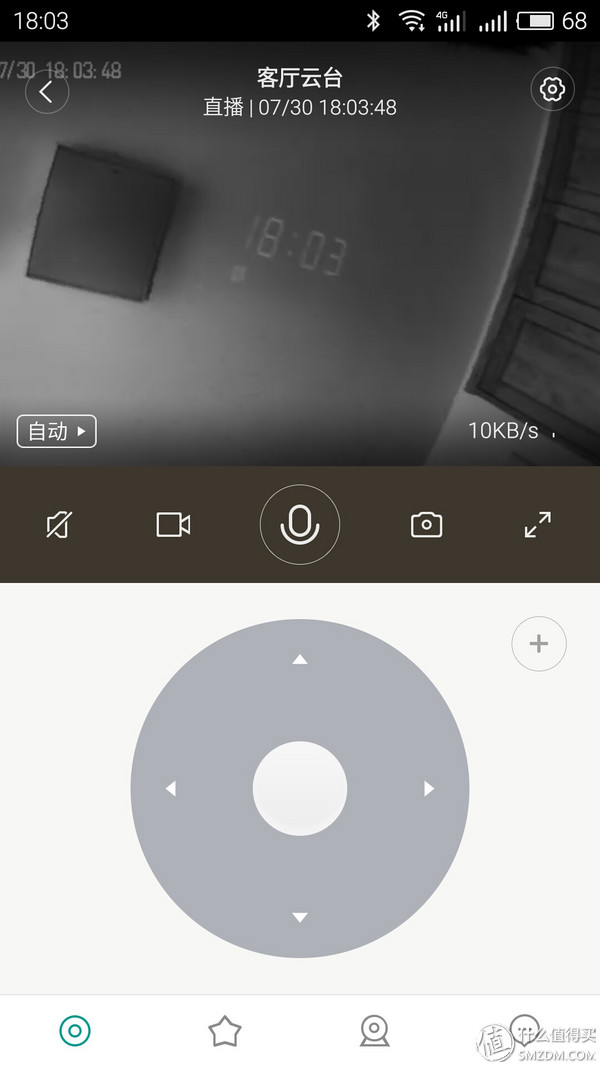 Small Ant Evening SONY Projection Time
Small Ant Evening SONY Projection Time
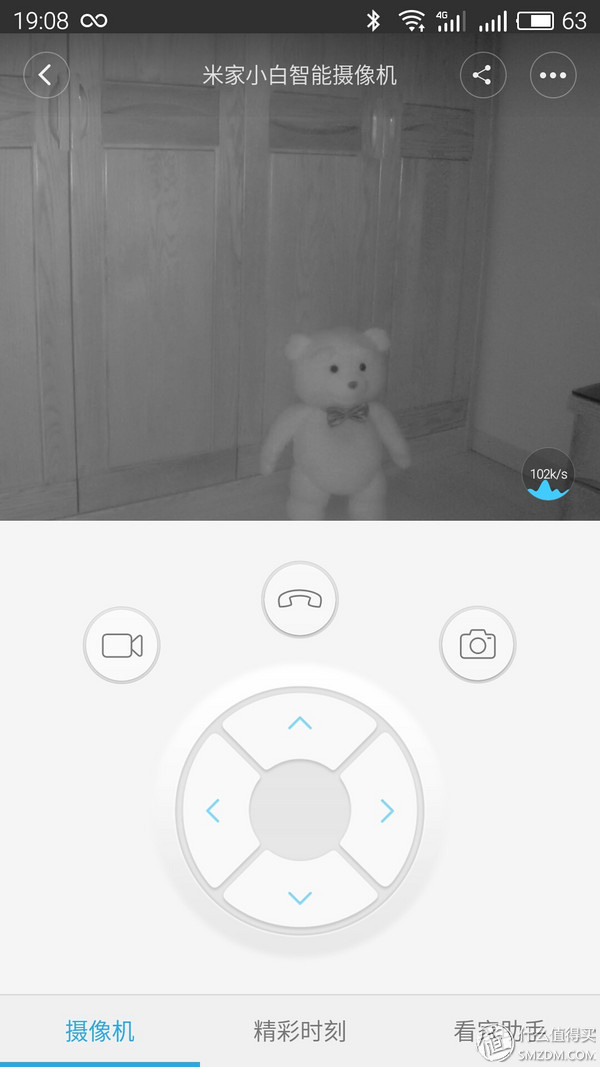 White Night
White Night
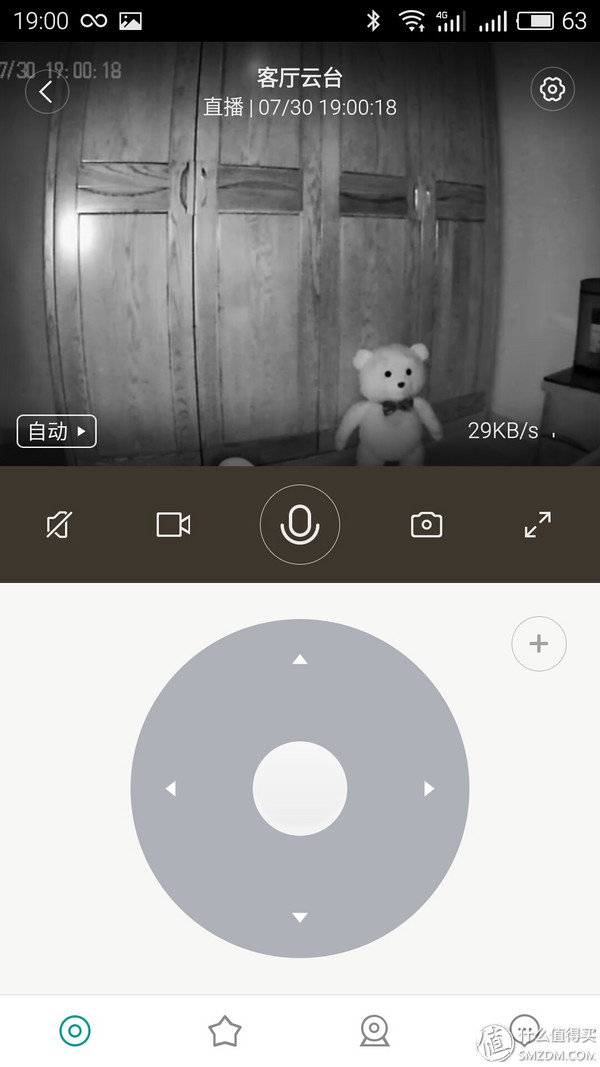 Small ant night
Small ant night
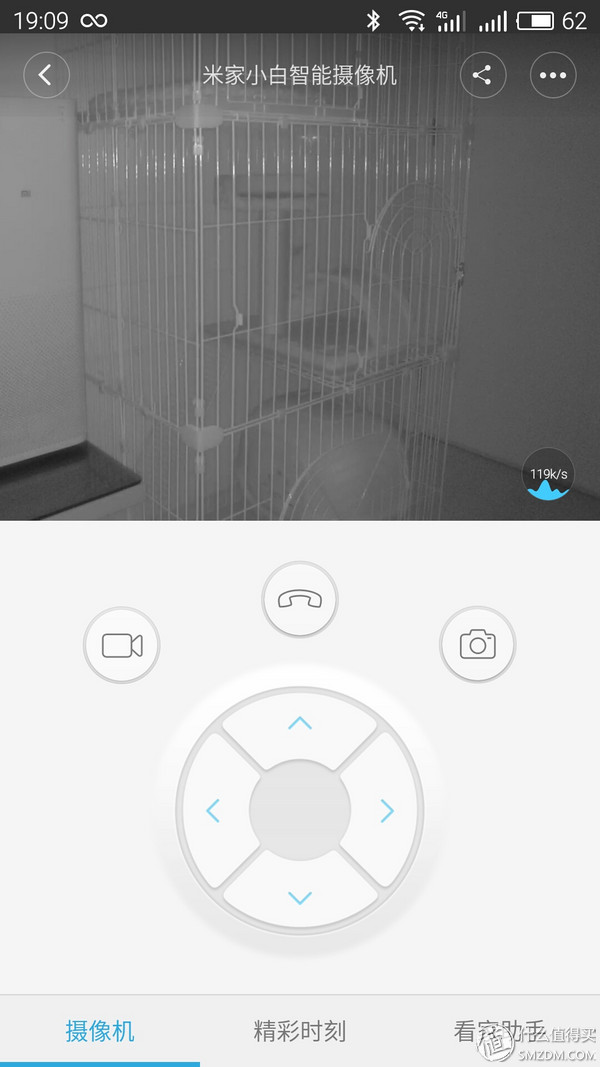 Little White Night 2
Little White Night 2
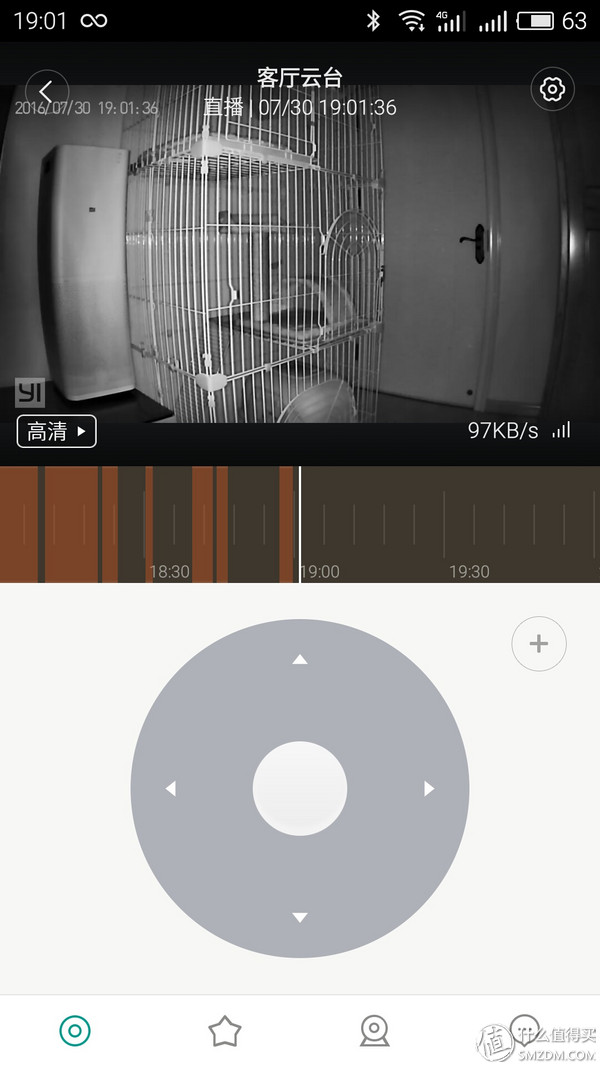 Small ant night 2
Small ant night 2
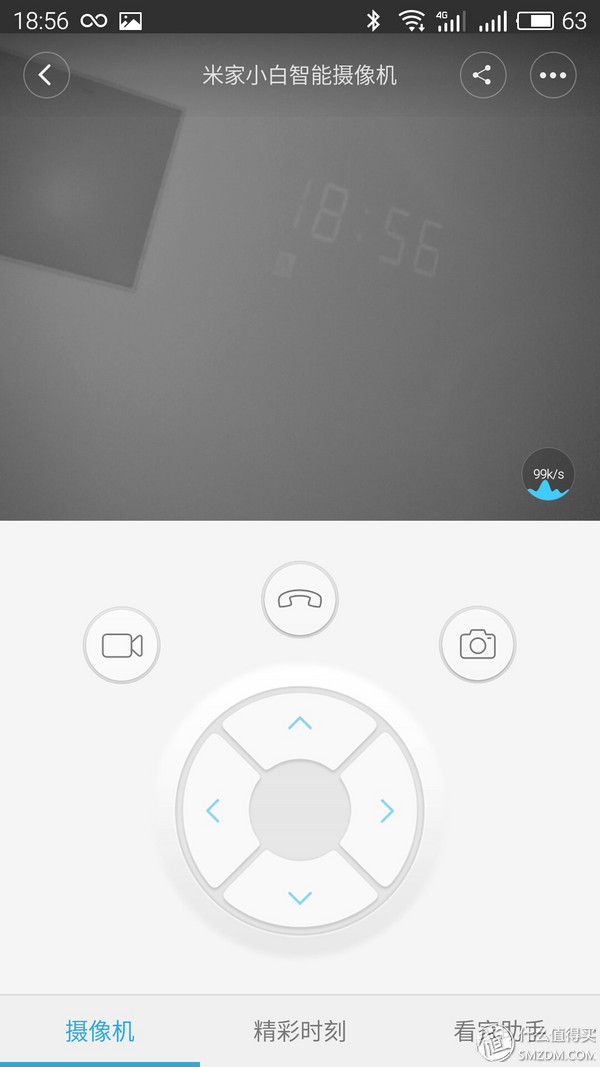 Little White Night SONY Projection Time
Little White Night SONY Projection Time
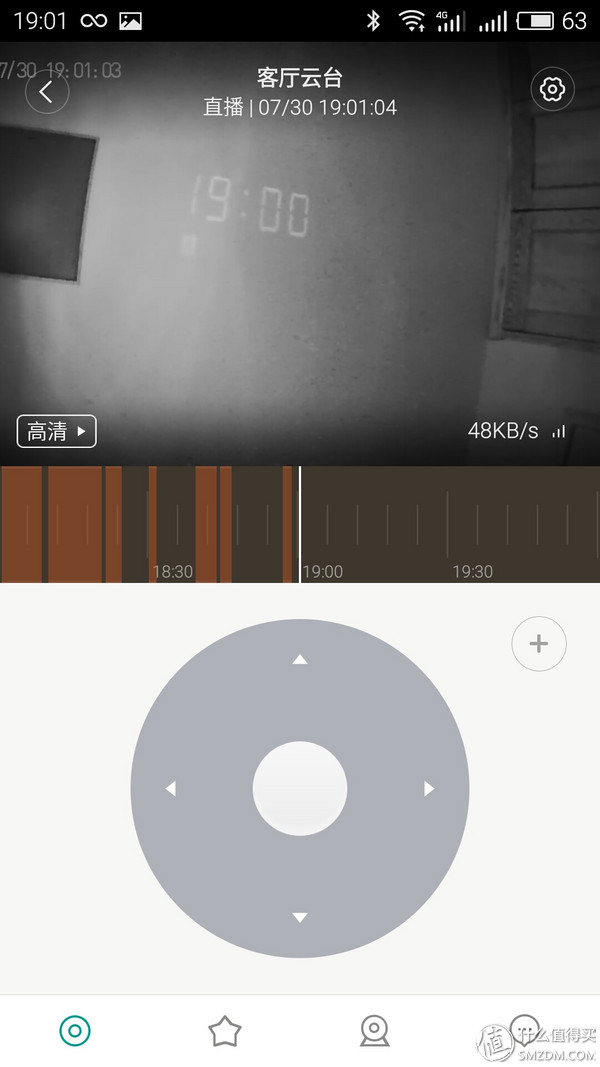 Small Ant Night SONY Projected Time
Small Ant Night SONY Projected Time
I don't have much to say. The night vision effect that everyone cares about is the contrast of the small ant's pan tilt. The quality of the Mi Jia Xiao Bai is slightly softer.
Small Ant PTZ screen is larger, but slightly deformed
Mi Jiabai did not deform, but the field of vision became smaller
Finally, the above effects are all shot in the absence of other light sources (that is, when you shoot a small ant, you close the white, and vice versa).
Night vision switching
When two night visions are switched, that is, when the filters are switched, they all have the same buzzing sound. The small ants are slightly louder than the white ones.
Infrared light
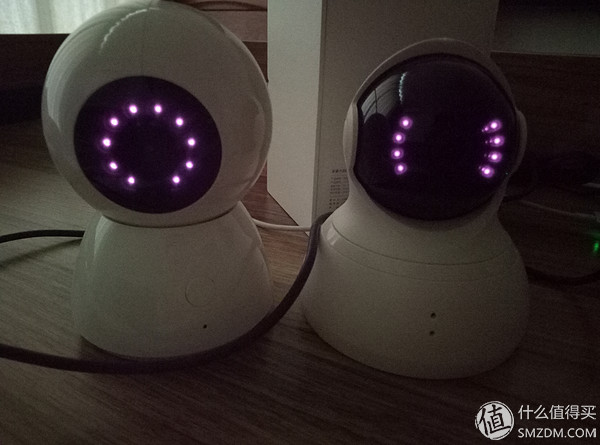 For the detection of dim environments, small ants are more sensitive to write
For the detection of dim environments, small ants are more sensitive to write
In addition, the author has also used the 360 ​​camera night vision version, and fluorite C3C, it can be said that the night vision effect of fluorite is the most like, after all, so many infrared fill light ah, a full two laps, 360 night vision than small ants The generation is better, and it is almost the same as the current small ant platform.
Battery holders are key components in many types of portable and anchored electrical items - and you`ll find just as many varieties, brands, sizes and types of battery holder available across global markets as there are different sorts of battery.
In this guide, we`ll look more closely at some of the various mounting styles a battery holder might come fitted with, as well as the many different cell sizes they`re designed to work with.
What is a battery holder?
Battery Holders & Mounts
A battery holder is most commonly sold as an integral or removable compartment or cavity, designed to be inserted into - or attached onto - a suitable item of cell-powered equipment.
The primary function of a battery holder is to keep cells fixed in place safely and securely while conveying power from the batteries to the device in question. External connections on battery holders are most often made by contacts either with pins, surface mount feet, soldered lugs or via a set of wire leads.
Battery holders are often designed to be incorporated within the body of an electrical item, but they`re also frequently sold as external compartments or attachments. Either way, some of the most important factors to consider when choosing an appropriate battery holder for a given application will be:
Battery size
Compatible cell types
Contact/terminal style
Battery mounting and insertion method
Unit size and shape
Battery holder cover and housing design
Build quality and manufacturer reputation
Holders and mounts for different battery sizes
Many different battery holder sizes and mounting types are available from manufacturers and suppliers all over the world. Most will be made to work with a particular sort of cell - or sometimes with a range of multiple battery sizes - and to be affixed to the electrical item in question in a specific way.
Bear in mind that, in addition to sorting through the wide variety of battery holder sizes and capacities on the market, you`ll also need to be mindful of the many options available in terms of actual battery chemistry.
While the vast majority of holders and mounts will be able to accommodate most battery chemistry types, each will have its own unique set of pros and cons in terms of performance, power drain, longevity, cost and environmental impact.
Common battery types sold by many suppliers might include:
Alkaline batteries
Lithium batteries
Rechargeable batteries (including li-ion)
Nickel cadmium batteries
Nickel metal hydride batteries
NiZN batteries
The above range of cell types is often available across a broad range of popular battery sizes and shapes, including both AA and AAA versions. Most, but not all, will be interchangeable in a wide range of devices, holders and mounts. However, it`s seldom advisable to combine mixed battery chemistries in a single electronic device.
Doing so can often impede device performance, as the item drawing power will only ever perform to the capabilities of the weakest battery in the holder. Of even greater concern is the fact that more powerful batteries can sometimes force weaker ones to work harder than they`re intended to, causing them to drain to very low voltage levels and possibly leading to potential leaking or rupture.
As such, it`s always wise to ensure you know which cell types you`re likely to be using in advance of making a purchase, as well as the correct sizing you`ll require.
AA Battery Holders & Mounts
An AA size battery holder is one of the more common types of battery storage compartments you`ll see on sale from UK suppliers. AA size (`double-A`), is what most people would typically think of as a `standard` battery, and remains extremely common in all kinds of portable electrical items and equipment.
AA battery pack holders can be manufactured to house any number of cells in theory, but in daily use it`s usually anywhere between 1-10 batteries, with 2-8 being by far the most popular options. AA single battery holders are also common.
Relatively few cell-powered tools or other pieces of electrical equipment will be designed to require more than 8 AA batteries for achieving sufficient power supply. Items that demand a higher power draw than this will usually be built around a larger cell type, for improved practicality and less frequent need for battery replacement or recharging.
AAA Battery Holders and Mounts
Battery holders for AAA cells, commonly referred to as `triple-A` are another very common configuration. AAA batteries are smaller and slimmer than AA versions, with around a third of the storage capacity.
Due to the increasing efficiency of many device types, AAA batteries are often found in more compact pieces of equipment that would typically have been expected to run off double-A cells in years gone by. Today, these will very often include low-drain portable or handheld electronic goods or tools, such as:
Remote controls
Mp3 players, handheld gaming systems and other portable entertainment devices
Digital cameras
Cordless mice or keyboards
Flashlights and other portable lighting units
Clocks and alarms
Kitchen gadgets
AAA battery holders are generally built to accommodate fewer individual cells than bigger units for housing AA and larger capacity batteries, as devices requiring more power will typically not run off triple-A cells.
An AAAA battery holder is a somewhat less common configuration, given that the much smaller than average AAAA (`quadruple-A` or `four-A`) cell standard drains considerably faster than AA or AAA equivalents.
C Battery Holders and Mounts
C size battery holders are designed around the fairly common C battery (sometimes known as an R14). This is a fairly wide diameter cylindrical cell, smaller than D batteries while being the same height - but significantly wider - than AA standard.
C cell batteries, holders and mounts are less widely used than either AA or D versions, particularly since power efficiency is continually improving across most cell-powered devices. However, they can still often be found on a range of medium-drain electronic items, including:
Heavier flashlights and smaller ambient lighting fixtures (e.g. table lamps)
Radios and portable speakers
Toys and games Musical instruments and amplifiers
D Battery Holders and Mounts
D batteries are among the larger types of `everyday use` cells you`ll commonly encounter around the home or workplace. D size batteries tend to be used for higher-drain devices that tend to be used for longer periods at a time, including:
High Power torches and flashlights
Safety systems
Geiger counters
Megaphones, larger musical instruments and more powerful audio devices or speakers
Motorised toys and portable gaming consoles
Products with inbuilt electric motors
Battery holders for D cells are most commonly sold in configurations designed to house either 2 or 4 individual batteries.
12V Battery Holders and Mounts
Battery holders for 12V cells are somewhat less widely available, chiefly because the 12V standard incorporates such a wide range of battery shapes and sizes, although 12V Battery Contacts themselves are more commonly sold as separate components (see Battery holder mounts, below).
The precise sort of 12V battery you might need for specific applications will dictate the appropriate form factor, which can be anything from a large heavy car battery type to one closely resembling a traditional AA cell.
With larger 12V batteries, in particular, it`s less common to need more than one at a time, and they`re generally built more intrinsically into the device or equipment being powered than other types of `snap in/out` batteries designed for frequent and quick replacement. This means that 12V battery holders and mounts aren`t as frequently sold by many UK suppliers as versions for other, more common cell types.
Battery holder mounts
Battery holder mounts usually refer to the way the battery holder itself is slotted, secured or attached onto or into the main body of the item being powered. Note, however, that the term `battery mount` is also used to refer to the method by which individual cells are held in place within the overall holder unit.
Battery holder mounts and battery mounts are usually present as an integral part of a complete holder unit, but you can also buy battery mounts cheaply as swap-out or replacement parts. They can come in many different configurations and designs, with some of the more common types being:
Chassis mount
Panel mount
PCB mount
Slide-in mount (usually refers to the battery insertion method)
Snap-in mount (usually refers to the battery insertion method)
Strap & lead mount (a battery connector, rather than a holder per se)
Surface mount
Through-hole mount
Wire lead mount (refers to connection type)
In this section, we`ll look at some of the most widely used battery mount types in everyday use
Chassis Mount Battery Holders
A chassis mount battery holder denotes one intended to be affixed to a surface plate within the main body of the device being powered, and will usually remain in place while batteries are being swapped. A chassis mount holder is usually attached either via fixing holes in the back of the casing - i.e. a through-hole mount - or via tabs located around the sides of the battery holder.
Chassis mount battery holders can be either metal or plastic, open faced or enclosed (i.e. with or without a cover), and are commonly designed to accept a wide range of cell sizes including AA, AAA, C, D and 9V PP3
Panel Mount Battery Holders
A panel mount battery holder is designed to be slotted into a pre-existing cavity in the side, top or back exterior panel of a device, and removed entirely as a single self-contained unit when it`s time to swap out the batteries. They`re often manufactured such that the cover of the battery holder will sit flush with the device`s panel once inserted
Panel mount battery holders are most commonly secured in place via one of two methods - either via a screw-in system for optimal stability or with a flange for easier removal and reinsertion.
PCB Mount Battery Holders
As the name implies, a PCB mount battery holder is intended for applications where the battery holder needs to be installed directly onto a printed circuit board
The most common design is for the PCB mount holder to include several small sharp pins around its perimeter - these are pushed directly through the surface of the PCB and then soldered on from the rear side
Holders for PCB mounted batteries can be made from metal or plastic. While they`re frequently built to accommodate single coin cells, such as you might find on a typical computer motherboard, they can also be configured to allow for multiple cells and other battery types, including cylindrical AAA, AA, C, or D cells
Slide In Mount Battery Holders
As noted above, a slide-in mount battery holder will generally refer to the way the individual cells are inserted into and removed from the battery holder as a whole.
Slide-in mounts are arguably the most common type of battery connection/terminal setup, requiring the user simply to `drop` the cells into place either lengthways or side-on, at which point they`re either held in place by opposing forces from the two terminals, or secured with a cover or cap
Slide-in battery mounts tend to be among the cheapest and most cost-effective choices to buy in the UK for quickly and simply inserting a cell into an appropriate holder. They work reliably well, and are most often seen in molded plastic or metal battery holders incorporating self-contained battery compartments.
Snap-In Mount Battery Holders
A snap-in mount battery holder (sometimes called snap-on, depending on the manufacturer or supplier) denotes a terminal/contact setup where the cell is held more securely in place.
This is usually achieved using tensioned metal clips, sometimes incorporating springs, through which the battery needs to be pushed with a small amount of force before it clicks into place ready for use. Snap-in battery mounts give the device greater protection against accidental cell power loss during movement, vibration and shock
The term `snap-in` or `snap-on` is also widely used to refer to the standard contact types used on 9V cells (see Strap and lead battery holders, below).
Strap And Lead Battery Holders
Strap and lead battery holders aren`t actually holders per se, but rather a method of directly attaching a freestanding cell to an electronic device or motor without the use of an entire housing unit.
They generally consist of a wire, which is designed to be hooked up to the circuitry of the device via tinned ends, combined with a flat plastic terminal pad that attaches to the contacts of a battery via two press studs
The strap and lead battery holder type is most often used with 9V PP3 cells, allowing the cell to be lifted clear away from the main body of the item for removal, replacement or reattachment.
Surface Mount Battery Holders
A surface mount battery holder is designed to sit flat on any internal or external panel or plate, either around or inside the device being powered, and is generally open-faced.
Holders of this type are most often seen as a mounting solution for coin-type batteries with button terminal contacts, in applications where the cell doesn`t need to be connected directly to a PCB.
Types of battery holders
Once the correct size and mount style of battery holder has been chosen for your intended application and device, it`s also important to be aware of the different physical designs available for various battery holder types. In the section below, we`ll outline some of the more common versions.
Clip battery holders
A battery holder clip is a simple, economical choice for mounting batteries securely within a holder. They tend to consist of two metal arms, arranged in a loop with a small gap at the apex, through which the cells are pushed and subsequently held in place. Clip battery holders tend to be most often associated with common cylindrical batteries such as AA and AAA, but are also sold for securing C, D and 9V PP3 cells into position.
Contact battery holders
Contact battery holders refer to the simple tension-type terminal contact plates and accessories (including coil springs, button, top spring arm and leaf spring contact types) that hold a battery in place while allowing it to deliver power to the device drawing from it.
Again, these are cheap and cost-effective components widely available as separate swap-in or replacement parts that can be used to fit a very wide range of different cell sizes and battery holder types.
Through Hole Surface Mount Battery Holders
A through-hole surface mount battery holder is a common variation on the type outlined above, except it`s affixed to the surface of the device in question via a hole in the housing rather than via tabs around the perimeter. This makes the through-hole version better suited to applications where space is at a premium.
Wire Lead Mount Battery Holders
Wire lead mount battery holders denote a particular type of external connection between the battery holder itself and the circuitry of the device being powered. A wire lead mount battery holder will be supplied with two leads attached to the holder at one end, with the other ends free to be hooked into the circuitry of the device as the holder is attached.
This can offer greater flexibility in terms of battery holder mounting locations than certain pin or foot connection types, which must make immediate contact with the circuit wherever the holder is positioned.
Battery Holders
ATKCONN ELECTRONICS CO., LTD , https://www.atkconn.com